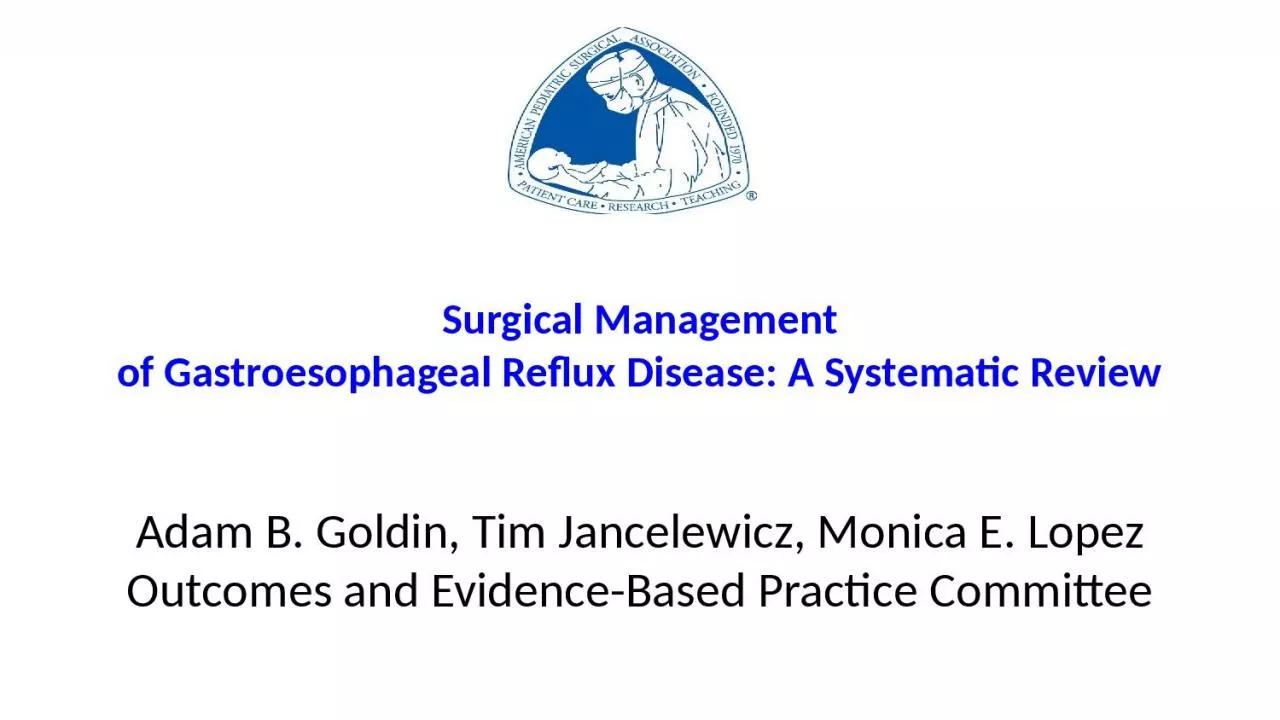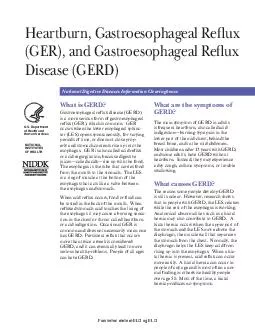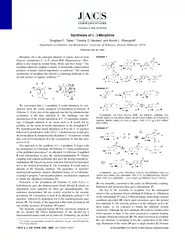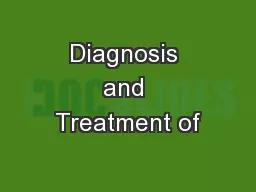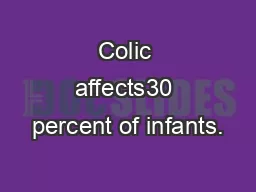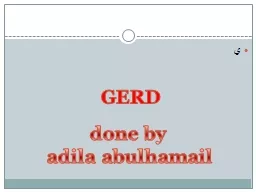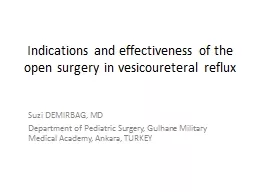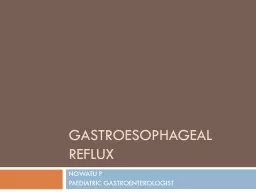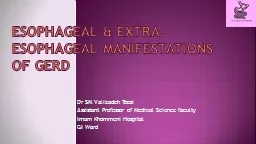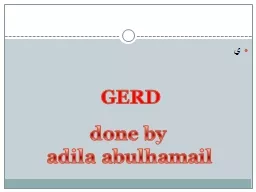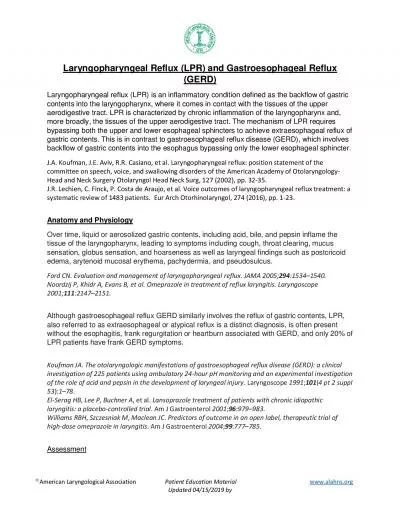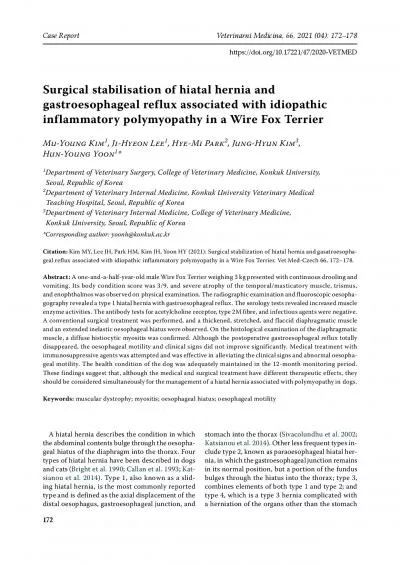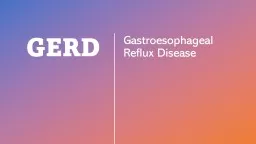PPT-Surgical Management of Gastroesophageal Reflux Disease: A
Author : brooke | Published Date : 2022-06-07
S ystematic Review Adam B Goldin Tim Jancelewicz Monica E Lopez Outcomes and EvidenceBased Practice Committee Historical context Gastroesophageal reflux is manifest
Presentation Embed Code
Download Presentation
Download Presentation The PPT/PDF document "Surgical Management of Gastroesophageal ..." is the property of its rightful owner. Permission is granted to download and print the materials on this website for personal, non-commercial use only, and to display it on your personal computer provided you do not modify the materials and that you retain all copyright notices contained in the materials. By downloading content from our website, you accept the terms of this agreement.
Surgical Management of Gastroesophageal Reflux Disease: A: Transcript
Download Rules Of Document
"Surgical Management of Gastroesophageal Reflux Disease: A"The content belongs to its owner. You may download and print it for personal use, without modification, and keep all copyright notices. By downloading, you agree to these terms.
Related Documents

